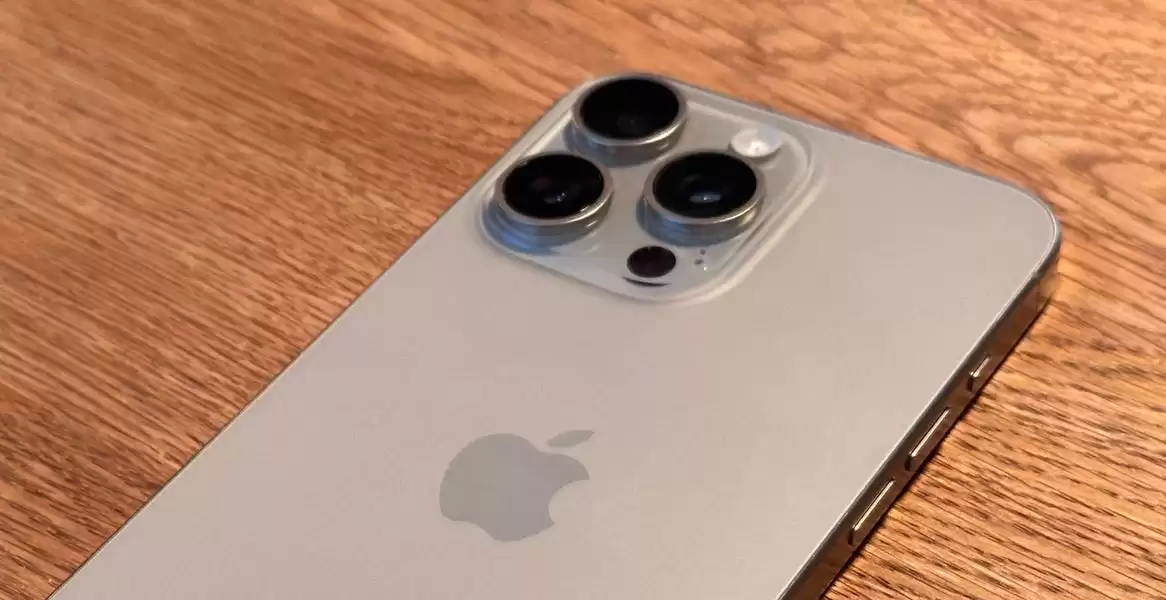Apple iPhone 16 Pro Max Upgrade Report
The next iPhone, rumored to be the iPhone 16 Pro, will feature advanced molded glass lenses for a lighter and thinner design. However, the cost is expected to increase by 10% to 20%.
The 2024 series of iPhones is currently in the works, and according to a report from Taiwanese site Economic Daily News, significant changes are on the horizon for the next iPhone's camera design. Apple is placing great emphasis on revamping the camera and lens, with the aim of utilizing advanced molded glass lenses for the upcoming Pro model. This shift in lens technology will result in a lighter and thinner design, as well as improved optical zoom magnification.
While it remains unclear whether these changes will be implemented in the iPhone 16 Pro, the larger iPhone 16 Pro Max, or both, it is intriguing to note that the alteration will primarily affect the telephoto lens. Currently, the telephoto lens is the only distinguishing factor between the iPhone 15 Pro and the iPhone 15 Pro Max, with the Pro offering a 3x zoom equivalent and the Pro Max featuring a 5x zoom equivalent due to the tetraprism in its telephoto lens.
The decision to focus on the telephoto lens is likely due to the difficulty in manufacturing the lens and the limited production capacity. Consequently, Apple has started preparing materials for the lens a year in advance, a first for the company. Apple is not alone in exploring the use of molded glass lenses, as Oppo and Vivo are also considering this technology.
Given the high stakes involved, Apple has taken proactive measures to ensure the successful delivery of the lenses. The company has even visited glass manufacturer Hoya to verify the feasibility of their lens production.
This recent report contradicts a previous suggestion that molded glass lenses would be introduced in the iPhone 16 Pro, along with a super telephoto lens featuring a focal length of 300mm or more. In comparison, the current 5x lens on the iPhone 15 Pro Max has a focal length of 120mm.
However, there is a downside to this technological advancement: the potential increase in cost. Molded glass lenses are expected to raise the price of the iPhone, with estimates suggesting a 10% to 20% price hike. As a result, the flagship model of the iPhone 16 may face pricing pressure next year.
While this development is undoubtedly exciting, the prospect of a higher cost may dampen the enthusiasm of potential buyers. Nonetheless, Apple's commitment to pushing the boundaries of smartphone camera technology is commendable, and it will be fascinating to see how these changes will enhance the overall photography experience on future iPhones.











Comments on Apple iPhone 16 Pro Max Upgrade Report